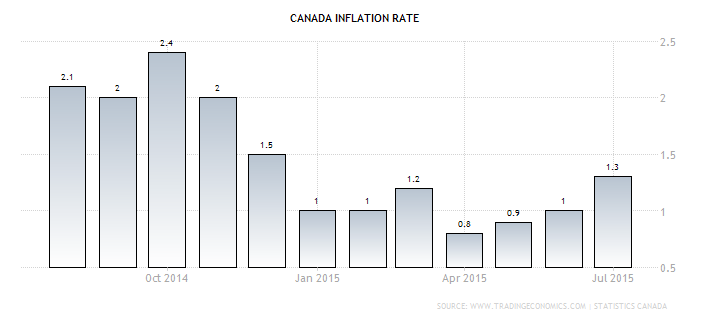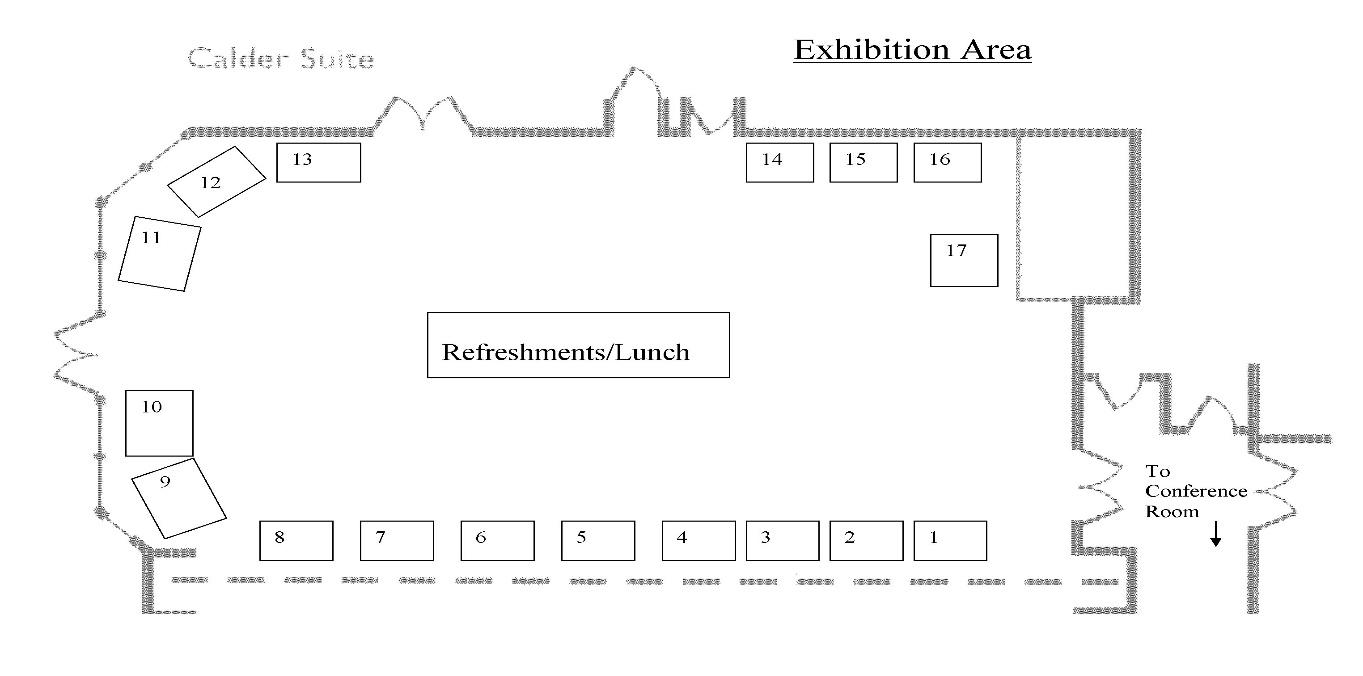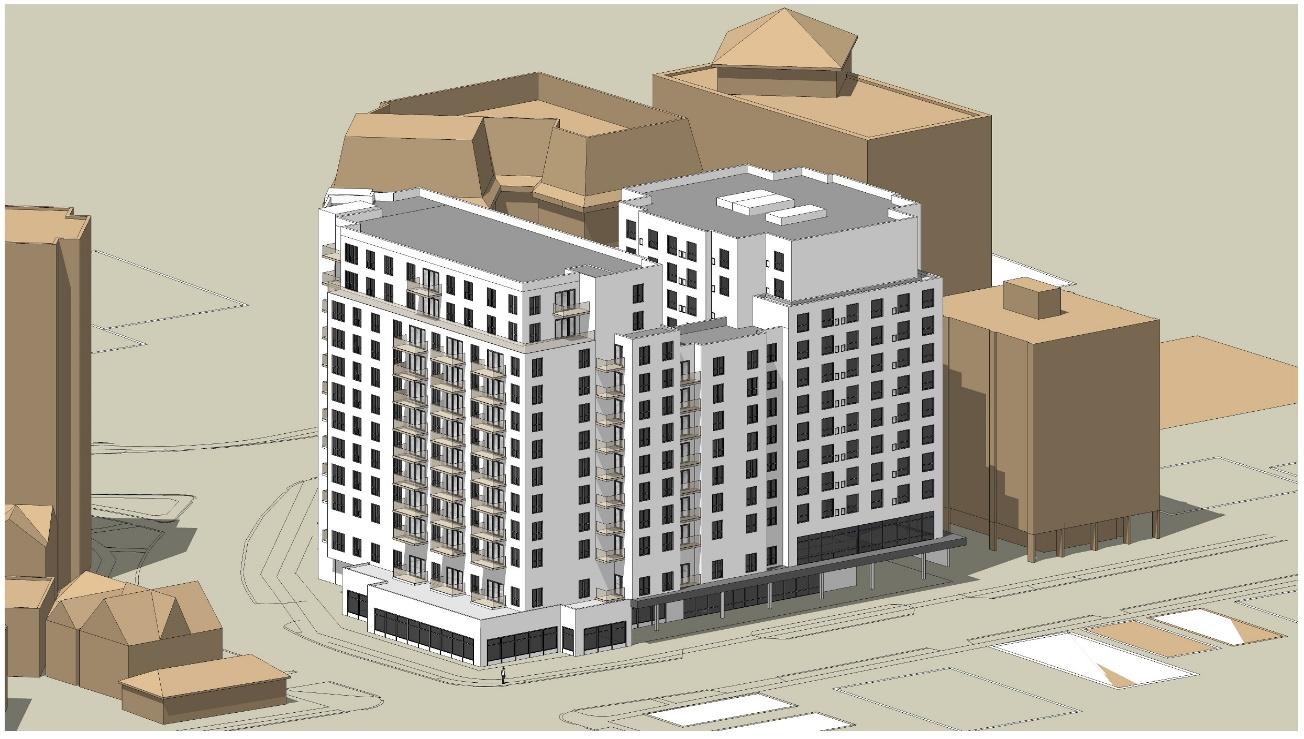Executive Summary
This report entails an analysis of the fundamental issues that Maxim Hotel’s management team should consider in designing its operations to enter the new target market successfully. The firm will lease a strategically located building in Victoria in which to set the enterprise. Additionally, the report details a market feasibility study, which illustrates the prevailing market opportunity by assessing the demographic and economic conditions. The firm will target both the foreign and local customers by integrating a comprehensive menu that takes into account the diverse cultural aspects. The report further details the concepts and design aspects that the hotel’s management team will consider in setting up the hotel. Moreover, the budgetary aspects and environmental considerations that the firm will integrate into its operation are evaluated.
Introduction
The Maxim Hotel was established in 2006 in the US hotel industry. The firm has established over five hotels located in different states in the US due to its well-stipulated expansion strategy. One of the growth strategies that the firm has adopted entails franchising. Maxim Hotel is focused on providing a unique experience to strengthen its industry position. In line with its global expansion plan, the Maxim Hotel has identified a market opportunity within the Canadian hotel sector. It has specifically identified British Columbia, Canada. It is imperative for the firm’s management to appreciate the importance of integrating an effective restaurant design. The restaurant design process should factor in several issues such as the type of restaurant, the market, operational philosophy, the budget, and the characteristics of the target market. The firm should engage in an extensive market feasibility study to understand the market.
Type of Restaurant
Maxim Hotel will establish its new entity in an already existing building to enter the British Columbian hospitality sector. The firm’s management team will identify a strategically located building in the intended market. The firm will undertake extensive adaptive renovation to ensure that the leased building meets the hotel’s intended design. Penner, Adams, and Rutes (2013, p. 270) underscore this approach by affirming that ‘buildings constructed for other purposes have for a long time been converted into hotels’.
Apart from the strategic location, the selection of the building in which the hotel will be established will consider its physical design. Maxim will select the most effectively designed building. The rationale for establishing the hotel in an already existing structure is based on the need to minimise the cost of market entry. The firm recognises that it would incur a huge cost in constructing a new building.
Market feasibility
The prevailing economic conditions have a direct influence on the extent to which a firm attains the predetermined level of profitability (Baraban & Durocher 2010). Therefore, Marriot’s performance within the British Columbia hotel sector will be subject to the country’s economic situation. The British Columbian economy is currently undergoing an impressive upswing. One of the factors that have stimulated the industry’s performance is growth in the tourism sector due to increment in the number of visitors. The US constitutes one of the fundamental sources of foreign visitors who patronise the country’s hospitality industry. Between 1990 and 2002, the number of non-resident visitors grew from 3.2 million to over 5 million owing to the high quality of services and unique experience offered by the industry players (City of Victoria 2014).
Despite the challenges that hit the global tourism industry such as increased insecurity challenges, economic recession, and other factors such as disease scares, the industry has continued to growth (City of Victoria 2014). In 2014, the number of international visitors to British Columbia increased by 7.6%. The monthly number of visitors into British Columbia over the past few years is estimated to be 350,000. The surging numbers of visitors into the region indicates a high market opportunity that the firm should consider exploiting. The demand for hospitality services such as accommodation and food will increase substantially due to the large numbers of visitors.
The attractiveness of venturing into the Canadian hospitality industry is further increased by the country’s rate of inflation. The country has managed to maintain this rate at a relatively low level. For example, the country’s rate of inflation between 1915 and 2015 is estimated to be 3.9%. In July 2015, the rate of inflation was estimated to be 1.3% (Trading Economics 2015).

The low rate of inflation coupled with the high rate of economic growth has a positive effect on the consumers’ purchasing power. Subsequently, the likelihood of the firm attaining the desired level of profitability is considerably high.
Location
The hotel will be located in downtown Victoria, which is the capital city of British Columbia. As the capital city, Victoria is characterised by a relatively high level of employment. As the provincial headquarters, Victoria accounts for a significant proportion of government offices. The presence of the government offices is essential to Victoria’s economic sustainability. In addition to its public administrative role, Victoria also acts as a hub of the region. Downtown Victoria is characterised by heritage buildings, extraordinary inner harbour, culture and arts facilities, transportation gateways, and speciality retailers (City of Victoria 2012). In addition to the above issues, its natural beauties, temperate climate and availability of diverse recreational sites also increase the choice of Victoria (PricewaterhouseCoopers 2015). These components will play a fundamental role in improving the city’s attractiveness to local and international tourists. Subsequently, the probability of the firm maximising its profitability will improve substantially.
Restaurant target market
The firm has integrated the concept of market targeting and segmentation to maximise profitability. Victoria has been characterised by a remarkable change in its demographic composition. In 2014, the Victoria’s population was estimated to be 83,200, which accounts for 22.6% of the British Columbia’s total regional population. The table below illustrates the change in the city’s population between 2011 and 2014.
Table 1: Demographic profile
The median age is estimated to be 41.7 years. Individuals aged between 25 and 39 years account for the largest proportion of the city’s population. The city’s population is expected to grow substantially due to its attractiveness.
The firm will adopt a multi-dimensional targeting approach to maximise profitability. The choice of multidimensional approach seeks to satisfy the needs of individuals in the target market. On demographic segmentation, the firm will target customers aged between 25 and 54 years. Individuals within this age group are referred to as Generation X (Baraban & Durocher 2010). The choice of this customer group arises from the recognition of their spending habits. Additionally, the firm will target professionals working in different sectors in Victoria. The choice of this customer group is informed by the relatively high level of income. Thus, the likelihood of the firm maximising its profitability is substantially high.
The firm will also integrate the concept of psychographic segmentation. This goal will be achieved by targeting customers who are conscious of new experiences by consuming high-quality hospitality products. On psychographic segmentation, the firm will target customers based on their personality, motives, and lifestyle (Baraban & Durocher 2010). The adoption of this approach will enable the firm to access customers based on their habits such as how they spend their leisure time. By considering this aspect, the firm will access the domestic and foreign tourism market segment in Victoria.
The concept
The name of the enterprise is Maxim Hotel. The enterprise’s name indicates the firm’s commitment towards offering a high level of satisfaction to the target customers, which include travellers such as local and foreign tourists and the high-end clients. The firm’s management team opines that targeting these customer groups will contribute to the firm’s ability to maximise its profitability. The firm will focus on effective market positioning to achieve this goal. Besides, the company will integrate both objective and subjective positioning strategies. Through objective positioning, Maxim Hotel will be in a position to focus on the hotel’s attributes and tangible aspects. Conversely, subjective positioning will consider the hotel’s intangible attributes such as developing a strong customer experience. The adoption of these strategies is due to the need to increase the target customers’ level of satisfaction. One of the issues that the firm will consider in its positioning process entails the development of a comprehensive menu. The firm’s menu will comprise diverse food categories as illustrated below.
Table 2: Food categories
In designing the menu, the firm will focus on addressing the tastes and preferences of different customer groups. Subsequently, the hotel will focus on the concepts of point of parity [POP], the point of difference [POD], the frame of reference, and a strong brand mantra. The frame of reference will entail taking into account the firm’s core competitors. One of the strong competitors that the company will face in its new market includes the Fairmont Hotel & Resorts, Millennium Hotel, Hotel Grand Pacific, Brentwood Bay Resort, The Aerie, and the Marriott Hotels. These companies have been in existence in the British Columbian hotel industry for a considerable duration. Subsequently, they have developed an optimal market position. Prior to entry into the market, the firm will undertake a comprehensive competitor analysis to identify the products and services offered by the competitors. This aspect will be a critical source of insight into the hotel’s design process.
According to Grams (2012), the development of brand mantra aims at ensuring that a firm defines the brand boundaries clearly. The company’s brand mantra will comprise three aspects, which include wellness, culinary, and culture. Under the concept of wellness, the firm will provide healthy and fit food products. The decision to integrate this aspect is informed by the need to ensure that its products align with changing customer opinion regarding healthy eating. Culture will be integrated by giving customers an opportunity to experience diverse cultural experiences based on foods, drinks, music, and other cultural aspects. The culinary concept will entail ensuring that the food products are prepared professionally. The point of difference will focus on developing a positive customer perception regarding its products and services. Conversely, the concept of point of parity will entail integrating local details into its product portfolio (Aaker 2009). This aspect will be achieved by studying the dominant cultural aspects concerning food in British Columbia.
In offering hospitality services in British Columbia, Maxim Hotel will adopt the cook-chill system. Pizam (2012, p.117) defines the cook-chill system as ‘a system of undertaking food production in bulk, cooling it rapidly, and holding it under refrigeration for later reheating and service’. The choice of this service system is informed by the need to ensure that the firm has ready food at all time. Subsequently, the hotel will avoid challenges of product shortage or making customers wait for a long duration while the food is being prepared. Therefore, this approach will increase the likelihood of the firm developing repeat purchase behaviour, hence loyalty amongst the target customers.
Design
In the course of establishing the hotel, the firm will ensure that effective space planning is integrated. The image below illustrates the hotel’s floor plan.

One of the issues that the firm will take into account in its space planning entails value engineering. The concept of value engineering will ensure that the hotel’s facilities and equipment are located strategically to achieve optimum efficiency. One of the aspects that the firm will consider in its value engineering process entails integrating effective flow. This aspect will entail taking into account some elements such as volume, distance, direction, and speed. The flow patterns will be designed by considering how to improve the efficiency with which customers are served.
Designing the flow pattern will further entail ensuring that the hotel has ample parking lots and that the drive-through lines are strategically located. This aspect will play a fundamental role in eliminating congestion within the hotel’s premises. Moreover, the company will ensure that the distance from the parking lot to the hotel’s entry is short. Subsequently, customers will access the hotel easily. The image below illustrates a sample of the hotel.

In addition to the above aspects, the design process will further focus on developing a positive customer perception. Subsequently, the firm will integrate the concept of interior designing. Some of the aspects to consider during the interior designing process entail effective lighting, painting, and layout of the different hotel facilities such as the fixtures and furniture. For example, the firm will ensure that the walls are painted using different colours and efficient air circulation. The furniture and fixtures will be located strategically on the hotel’s floor. The interior designing process will further entail integrating a music system. The objective of considering these aspects is to create an appealing general ambience amongst the target customers (Scalise, Mavrovic, & Vissat 2006). Painting the hotel’s walls using different colours will aid in evoking different feelings amongst customers. On the other hand, integrating different genres of music will enable the client and employees to feel energised, relaxed, and comfortable. Thus, the likelihood of customers developing a strong store loyalty will be increased (Baraban & Durocher). The firm will outsource the services of a well-established interior designing firm to achieve this goal.
Estimated budget
The firm’s management team understands that a substantial amount of money will be incurred in the process of establishing the project. Subsequently, the firm has undertaken a budgetary process to determine the estimated budget for the project as illustrated below.
Table 3: Project budget.
Environmental consideration
Maxim Hotel’s management team recognises that the ability of the hotel to attain profitability will be subject to its approach towards the environment. Subsequently, the firm will focus on ensuring a high level of environmental protection. Therefore, the hotel will integrate the concepts of recycling, reducing, and reusing. Concerning recycling, the company will establish a water recycling plant. This aspect will ensure that some of the water used in the hotel’s operation is used in other activities such as cleaning the floors. The concept of reducing will be achieved by integrating renewable sources of energy such as solar energy in meeting its lighting and heating needs. Conversely, the firm will ensure that solid wastes are reduced and disposed of effectively. By factoring in the concepts of reduction, reusing, and recycling, the firm will attain its goal towards environmental protection.
Conclusion and recommendations
The feasibility study shows that the new market is characterised by a high market opportunity. The firm will be in a position to enter the target market successfully by taking into account the issues stipulated above. This assertion arises from the view that the firm will understand the market needs in addition to the competitors’ practices. Subsequently, the likelihood of maximising profitability is substantially high.
Reference List
Aaker, D 2009, Brand portfolio strategy; creating relevance, differentiation, energy, leverage and clarity, Simon and Schuster, Chichester.
Baraban, R & Durocher, J 2010, Successful restaurant design, Wiley, Hoboken.
City of Victoria: Growing business in BC’s capital city; Victoria’s economic development strategy 2012. Web.
Grams, C 2012, The ad-free brand; secrets of building successful brands in a digital world, Que Publishers, Indianapolis.
Penner, H, Adams, L & Rutes, W 2013, Hotel design, planning and development, Routledge, New York.
Pizam, A 2010, International encyclopaedia of hospitality management, Butterworth-Heinemann, Amsterdam.
PricewaterhouseCoopers: Opportunity BC 2020: Tourism sector 2015. Web.
Scalise, C, Mavrovic, M & Vissat, M 2006, Interior planning and design: project programs, plans and charettes, Delmar Learning, Clifton Park.
Trading Economics: Canada inflation rate 2015. Web.